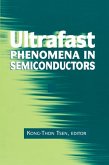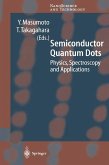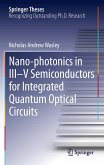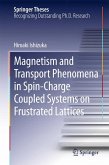This thesis presents results crucial to the emerging field of indirect excitons. These specially designed quasiparticles give the unique opportunity to study fundamental properties of quantum degenerate Bose gases in semiconductors. Furthermore, indirect excitons allow for the creation of novel optoelectronic devices where excitons are used in place of electrons. Excitonic devices are explored for the development of advanced signal processing seamlessly coupled with optical communication.
The thesis presents and describes the author's imaging experiments that led to the discovery of spin transport of excitons. The many firsts presented herein include the first studies of an excitonic conveyer, leading to the discovery of the dynamical localization-delocalization transition for excitons, and the first excitonic ramp and excitonic diode with no energy-dissipating voltage gradient.
Dieser Download kann aus rechtlichen Gründen nur mit Rechnungsadresse in A, B, BG, CY, CZ, D, DK, EW, E, FIN, F, GR, HR, H, IRL, I, LT, L, LR, M, NL, PL, P, R, S, SLO, SK ausgeliefert werden.









